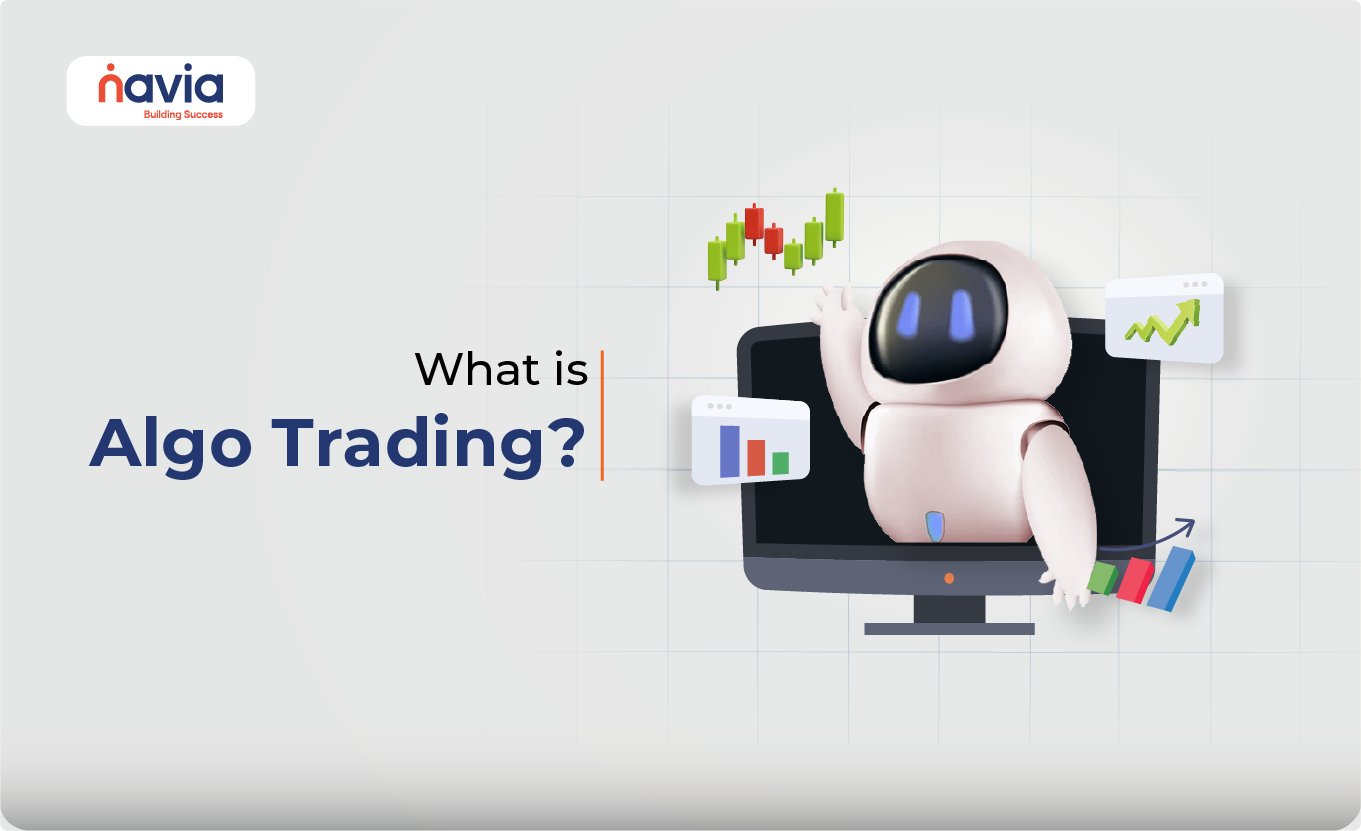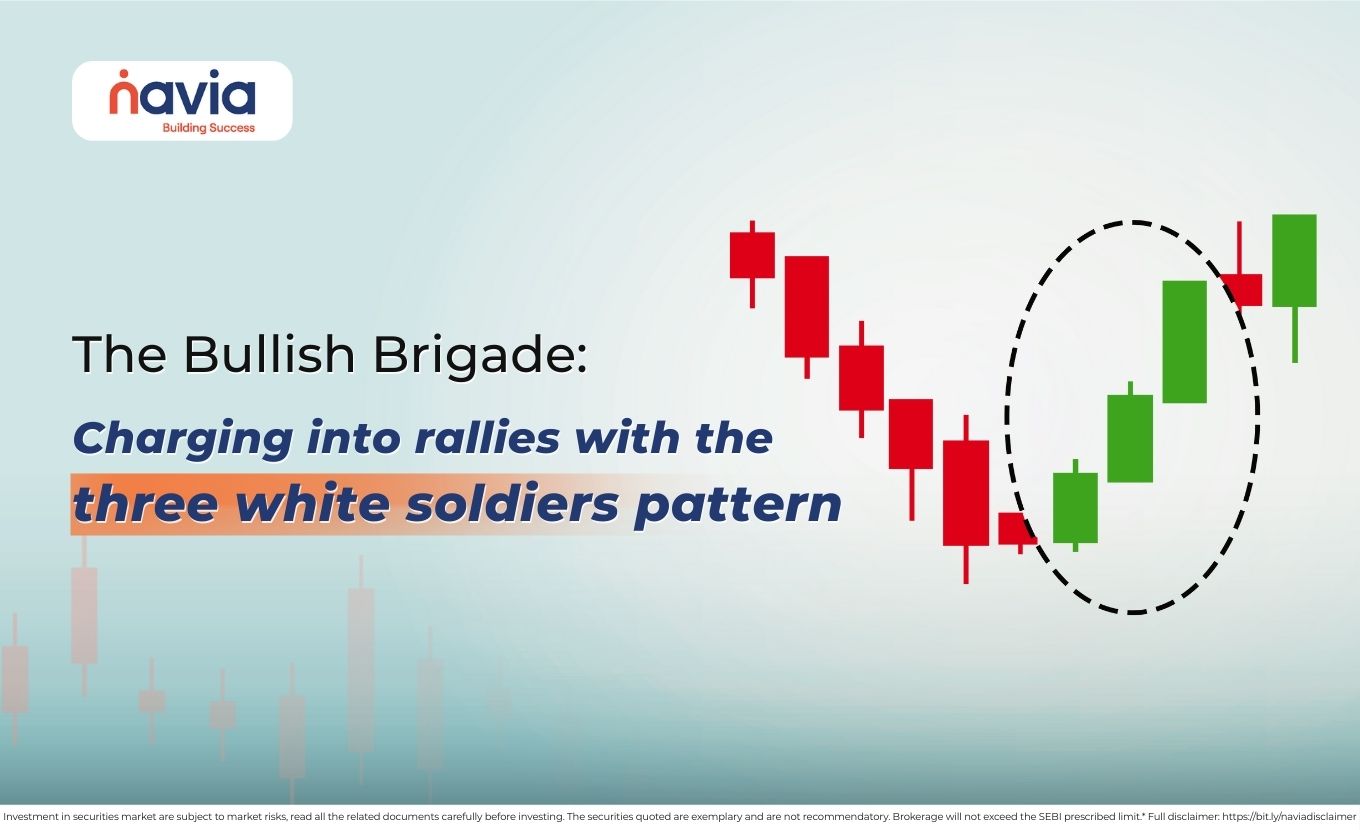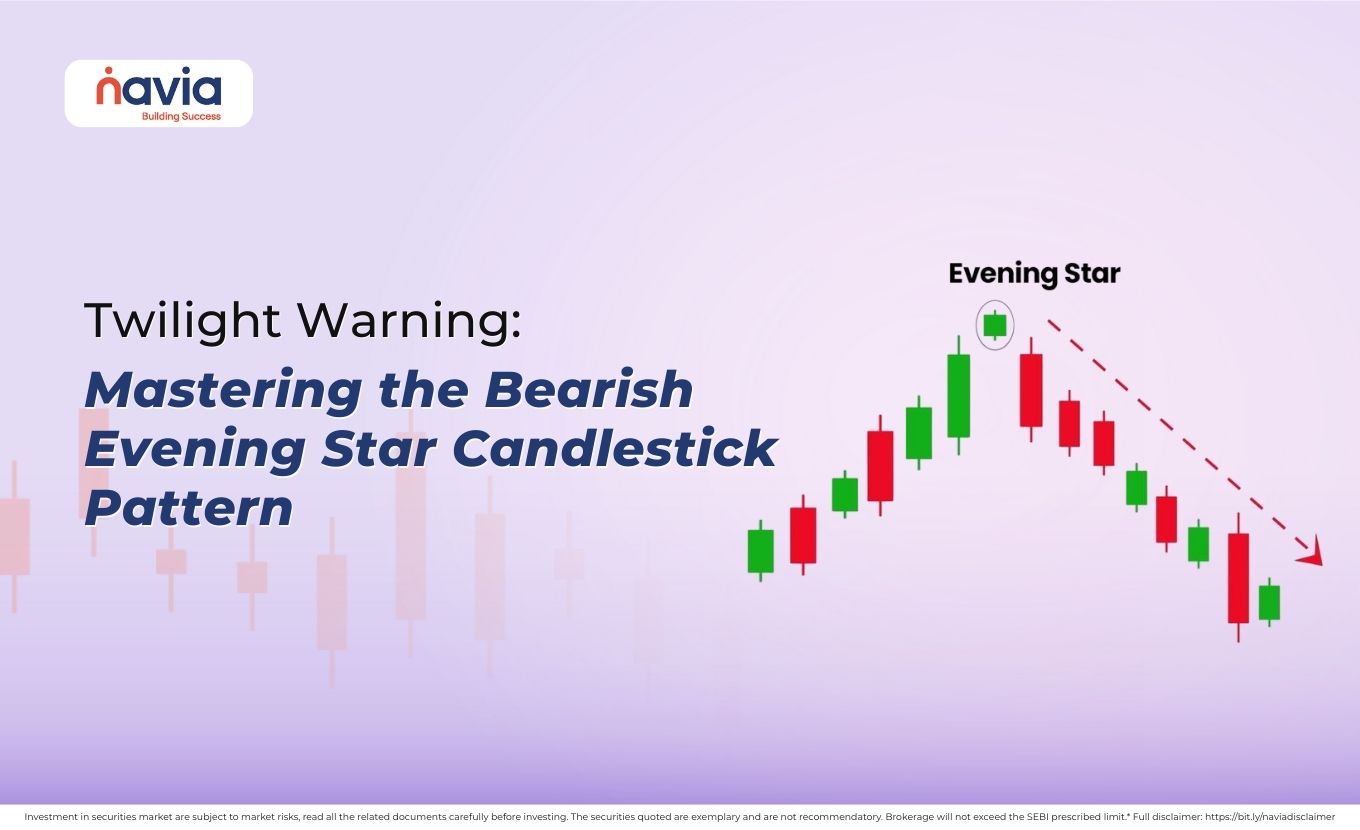What is Algo Trading or Algorithmic Trading?

The fast-paced financial market can make difference between profit and loss within milliseconds. Algorithmic Trading or Algo Trading is an advanced trading method that uses computer algorithms to execute trades at lightning speed based on predefined rules and market conditions. If you are a retail investor or a professional trader, understanding the Algorithm Trading can give you a strategic edge in modern stock markets.
In this blog, we’ll explore what is Algo Trading, key components, Algo Trading strategies, types, pros and cons, examples and what you need to get started.
What Is Algorithmic Trading?
Algo Trading means, involves using software to follow a defined set of trading instructions to place trades automatically. The instructions are based on the price, time, volume and other mathematical models. The major goal of this method is to execute trades at the best possible price, reduce transaction costs and take advantage of market inefficiencies. And this Algo Trading is used by hedge funds, institutional investors and individual traders.
In simple words, Algo Trading is a method that eliminates human errors and leads the investors to more efficient trading.
Key Components of Algo Trading
Trading Strategy
It is the core of Algo Trading system, the strategies can be based on technical indicators, price movements, arbitrage or fundamental data.
Designing of Algorithm
The mathematical models and logic will convert strategies into actionable code, that defines rules for buying, selling, timing and quantity.
Programming & Coding Skills
The algorithms are typically written in languages like Python, R, Java or C++. It is an essential part of building, testing and automating the strategy.
Data Feed (Market Data)
For timely execution of accurate data and is need the data of both real-time and historical for prices, volume and order books.
Execution System
The interface sends buy/sell orders to the exchange, so it must be low latency to avoid slippage and ensure timely trade execution.
Backtesting Tools
These tools will help to assess risk, drawdown, return and reliability and are simulated in the algorithm on historical data to evaluate performance.
Risk Management Tools
It protects the trader from large, unexpected losses, it has predefined limits on capital exposures, stop-loss levels and position sizing.
Broker API Integration
The connection between your algorithm and the brokerage platform is essential. It allows your system to place trades automatically.
Monitoring & Controlling Dashboard
A real-time system to track algorithm performance, market conditions and execution status. It enables intervention if the algorithm unexpectedly.
Types of Algorithmic Trading
There are many types of Algorithmic Trading strategies available, each meeting different trading objectives. Here you can explore some of the types of Algo Trading.
Trend Following
It is based on the moving averages or technical indicators, because these will identify trends in the market, buying when the price is increasing and selling when the price is decreasing.
Arbitrage Trading
It offers profit from price differences between markets or similar instruments. For example, it allows you to buy a stock from an exchange when it is undervalued and then sell it after it is overvalued.
Mean Reversion
It assumes prices will revert to their average over time, which means when the price deviates significantly from the mean, the strategy will place the trade to profit.
Market Making
It improves liquidity by placing buying and selling orders for a specific security to get profiting from the difference of bid and ask prices.
Algo Trading Strategies
| Strategies | Definition |
| Momentum Strategy | Buy high and sell higher based on strong price movement. |
| Scalping | Makes many small profits by taking advantage of bid-ask spreads. |
| News-Based Trading | Algorithms analyze news data to make quick trades. |
| Statistical Arbitrage | Exploits price inefficiencies using mathematical models. |
| VWAP Strategy | Trades are executed in line with the Volume Weighted Average Price. |
Pros and Cons of Algorithmic Trading
| Pros | Cons |
| Speed & efficiency (execute trades in milliseconds) | Technical issues (internet, bugs in code) |
| Emotion-free trading (no human emotions like fear or greed) | High initial setup (knowing coding, strategy design and infrastructure costs) |
| Backtesting (strategies can be tested on historical data) | Complexity (hard to understand the strategy logic once it’s too complex |
| Cost effective (large volumes of trades with lower transaction costs) | Market risk remains (algorithms can’t prevent losses in highly volatile market conditions) |
Examples of Algorithmic Trading Systems
🠖 Robo-Advisors
🠖 Smart Order Routers (SOR)
🠖 Quant Funds
🠖 Retail Algo Platforms (Tradetron in India & Zerodha Streak)

Steps to Start with Algorithmic Trading
Step 1: Understand the Basics
Before diving into Algo Trading, you have to understand trading, coding, and data analysis. If you get the knowledge about it that will help you to make smart algorithms later.
Step 2: Choose Programming Language
You should know about programming languages to create algorithmic strategies. So mostly traders use C++, Python, R, programming languages for the best outcomes.
Step 3: Selection of the Algorithmic Trading Platform
The right algorithmic trading platform is necessary for smooth trading, so before choosing a platform you should consider, its API access, easy integration, brokerage fee, speed, etc. There are two types of platforms available they are; API-based platform and Broker-integrated platforms.
Step 4: Develop a Strategy
Now you have to develop an effective trading strategy, most of the traders choose trend following strategies, arbitrage, mean reversion strategies.
Step 5: Backtesting
Don’t forget to back test your strategy, which means, you have to test your strategy by using historical data. It will show how your algorithm will perform with the mistakes so you can easily find a solution to avoid the errors.
Step 6: Paper Trading and Live Testing
Paper trade will run your algorithm in real-time market condition with stimulated money, so you can test your algorithm with live prices.
Step 7: Open Trading Account with API Access
To run the algo trading system you need a trading and demat account with a broker so you can get API access for automated order executions.
Step 8: Monitor Performance
After your API and strategy tested, now you deploy your algorithm to the live market. You have to monitor your system continuously to find out the errors, delays in the data feed and other issues.
Conclusion
Algorithmic Trading has transformed the way financial markets operate by bringing speed, precision, and scalability to trading. But the trader requires significant technical skill, thorough testing and responsible risk management. We hope that through this blog you can get the all-important information about algo trading, which will make you confident to strike in the market.
Navia will guide you to make the best trading decisions, our experts will clear up all your doubts related to the trading market and lead to success. Join now!
Do You Find This Interesting?
Frequently Asked Questions
Is algorithmic trading legal in India?
Yes. Algorithmic Trading is legal in India, and it’s regulated by SEBI (Securities and Exchange Board of India).
What is algo trading?
Algo trading, or algorithmic trading, is the use of computer programs and algorithms to automatically place, modify, and execute trades in financial markets based on predefined strategies.
Does Navia allow Algo Trading?
Yes. Navia supports algorithmic trading through its NaviaPlus API platform, enabling clients to automate their trading strategies.
What is an example of a trading algo?
An example of a trading algorithm is a Moving Average Crossover Strategy.
How to start algo trading?
To start Algo Trading, learn about financial markets and develop a strategy using coding then choose a broker with API support, back test your strategy, and go live with regular monitoring.
Which language is used in algo trading?
Popular languages include C++, Python, R, Java, etc.
What is the success rate of algo trading?
The success rate of Algo Trading depends on the strategy, market conditions, risk management and execution speed. A well-designed algorithm can achieve success rates between 50% to 70%.
Is coding required for algo trading?
Coding is not strictly required for algo trading, but it is highly beneficial.
DISCLAIMER: Investments in the securities market are subject to market risks, read all the related documents carefully before investing. The securities quoted are exemplary and are not recommendatory. Brokerage will not exceed the SEBI prescribed limit.






